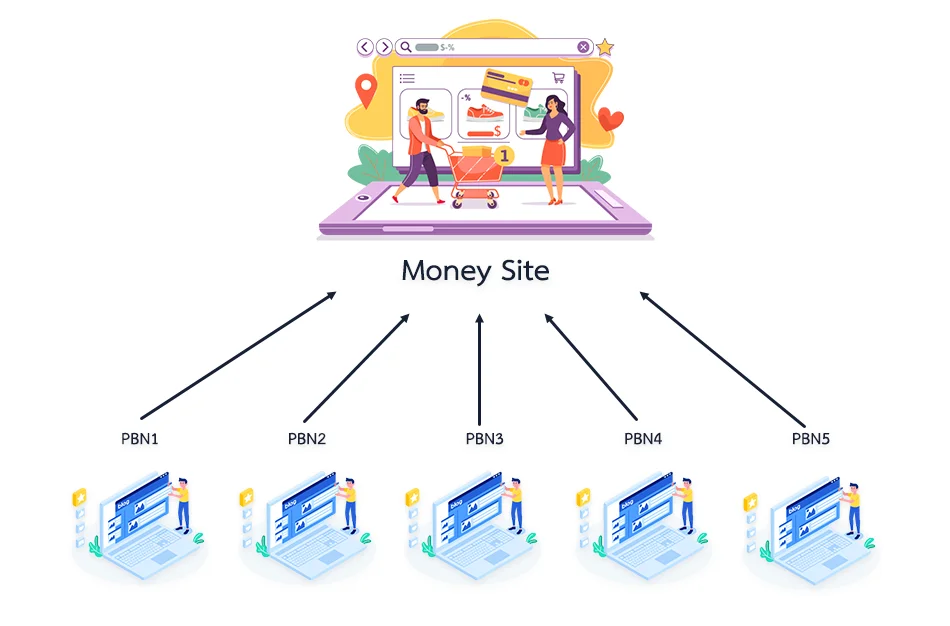All Categories
Featured
Table of Contents
- – Semantic Seo Techniques
- – Who Has The Most Reliable Semantic Keywords?
- – How Much Should I Pay For Semantic Content St...
- – Who Has The Most Reliable What Is Semantic Seo?
- – Which Is The Premier Semantic Seo Content An...
- – What's The Most Reliable Semantic Seo Exampl...
- – A Better Semantic Content Optimization?
The web is altering, ending up being more and much more semantic. SEO is additionally transforming and coming to be much more semantic. This is due to the fact that online search engine have advanced and are relocating a lot more and more towards reviewing content on the internet. Of training course, that has actually likewise transformed the means we produce content, particularly if we wish to rank far better in the search engines.
Intertwingularity is not typically recognized, individuals maintain claiming they can make things deeply ordered, categorizable and consecutive when they can not. Based on the relationships in between search objectives, the search engine favors a web content in positioning by calculating the distance between the vectors of meaning.
It allows you to see, beginning with a subject, all the entities that belong to that subject. By doing this you can plainly see which entities/concepts/ideas have actually currently been covered on your website, and you can discover new possibilities by recognizing what material you can include and just how to develop it.
Semantic Seo Techniques
It has the ability to make your web content easy to understand for online search engine on the one hand and for your target market on the various other. Structuring your web content model highlights your web content and its underlying relationships so that internet search engine can acknowledge you amongst numerous pieces of info, making you a lot more visible to individuals that fulfill the search intent pertaining to your company.
In semantic SEO copywriting, an editor starts from a more comprehensive variety of subjects and tailors the material to consist of semantically pertinent terms and phrases that assist visitors understand a topic, similar to checking out web content in a wiki. From a material creating point of view, one useful way to do this is to develop a vocabulary of terms and questions bordering your target subject.
Who Has The Most Reliable Semantic Keywords?
Discover a lot more regarding by seeing the by!.

Semantic search describes the procedure of just how internet search engine understand and match keyword phrases to a searcher's intent in organic search results page. Before semantic search, online search engine like Google operated like matchmakersaligning certain words in your question with those specific words on websites. The results were straightforward however often lacked deepness.
How Much Should I Pay For Semantic Content Strategies?
It makes it possible for Google to supply fast, exact answers to browse questions regarding real-world topics. When you type a question word into Google, you're not just entering a sequence of words.
When you look for "Apple," Google does not just see a word that explains a fruit. It recognizes Apple as a business and can offer associated information. Like the name of its chief executive officer, Tim Chef, or its latest stock rates. Google introduced the Hummingbird upgrade in 2013. It was Google's response to the surge of voice searches, where queries ended up being much more conversational and nuanced.
Who Has The Most Reliable What Is Semantic Seo?
By integrating NLP, Hummingbird permitted Google to move beyond plain keyword matching. It aided the search engine comprehend search intent, increasing the odds that results would properly match the factor behind a user's search. As the 3rd most essential ranking aspect after material and links, RankBrain has actually improved Google's semantic search abilities to understand the definition of search queries.
Making it extra efficient at dealing with never-before-seen search questions. RankBrain considers more than simply search phrases when evaluating a search inquiry.
So it brings results that match the keyword phrases and line up with the overall intent of supplying young puppy training suggestions. And if the user regularly looks for dog-related web content, Google might prioritize much more comprehensive training guidesrecognizing the customer's recurring passion in the topic. Incorporating innovations like the Expertise Chart, Hummingbird, and RankBrain, semantic search aids the Google algorithm translate and connect information across a substantial web of details.
Which Is The Premier Semantic Seo Content Analysis Service?
The focus shifts from keyword choice to an all natural strategy incorporating user intent, topical relevance, and overall user experience. Creating web content that resolves the searcher's requirements with extensive info can boost your SERP rankings.
And kind of content can best please their requirements. A broader approach to material aligns much better with semantic search's shift away from exact key words matching and towards customer intent. Which explains the increased concentrate on topic clusters, as opposed to specific keywords. Web content that covers search inquiries better not only satisfies individuals.
And five times more than websites that take 10 seconds to load. While technological SEO ensures optimal internet site performance and availability, focusing on individual experience (UX) takes it a step even more. UX intends to create a visually enticing, straightforward interface with engaging, high quality material that encourages visitors to remain. Semantic search innovation enables search engines to aim for results that offer the very best feasible UX.
What's The Most Reliable Semantic Seo Examples Brand

All showcase Google's capacity to attend to a subject query adequately. By understanding the context and intent behind customer queries, online search engine can deliver much more appropriate info and possibly enhance individual engagement. Customization in search results page creates far better UX.Based on your past search history and preferences as an individual, semantic search aids online search engine tailor the outcomes to suit your one-of-a-kind requirements and passions.
So it brings results that match the keyword phrases and align with the overall intent of offering young puppy training guidance. And if the user frequently looks for dog-related material, Google could prioritize extra in-depth training guidesrecognizing the customer's ongoing passion in the subject. Integrating technologies like the Expertise Chart, Hummingbird, and RankBrain, semantic search assists the Google formula translate and connect data throughout a large internet of details.
A Better Semantic Content Optimization?
The emphasis changes from keyword option to a holistic technique including user intent, topical relevance, and total customer experience. Creating web content that addresses the searcher's needs with detailed information can enhance your SERP rankings. Below, we describe the patterns and methods that combine the demand for semantically notified material. Later on, we give workable pointers to transform these understandings right into ideal practices.

A wider approach to content aligns better with semantic search's shift away from specific search phrase matching and towards customer intent. Content that covers search questions much more thoroughly not only satisfies users.
UX intends to create a visually attractive, easy to use user interface with interesting, top quality material that urges site visitors to stay. Semantic search technology enables search engines to aim for results that offer the best feasible UX.
All showcase Google's capacity to resolve a subject inquiry adequately. By comprehending the context and intent behind individual queries, search engines can provide a lot more pertinent details and possibly increase user engagement. Personalization in search engine result makes for much better UX.Based on your past search history and preferences as a user, semantic search assists look engines tailor the results to fit your distinct needs and passions.
Table of Contents
- – Semantic Seo Techniques
- – Who Has The Most Reliable Semantic Keywords?
- – How Much Should I Pay For Semantic Content St...
- – Who Has The Most Reliable What Is Semantic Seo?
- – Which Is The Premier Semantic Seo Content An...
- – What's The Most Reliable Semantic Seo Exampl...
- – A Better Semantic Content Optimization?
Latest Posts
How To Buy The Top Semantic Seo Platform
Who Has The Most Recommended Semantic Search Engine Results Pages (Serps) Service?
What Is The Most Recommended Semantic Tagging For Seo Available Today
More
Latest Posts
How To Buy The Top Semantic Seo Platform
Who Has The Most Recommended Semantic Search Engine Results Pages (Serps) Service?
What Is The Most Recommended Semantic Tagging For Seo Available Today